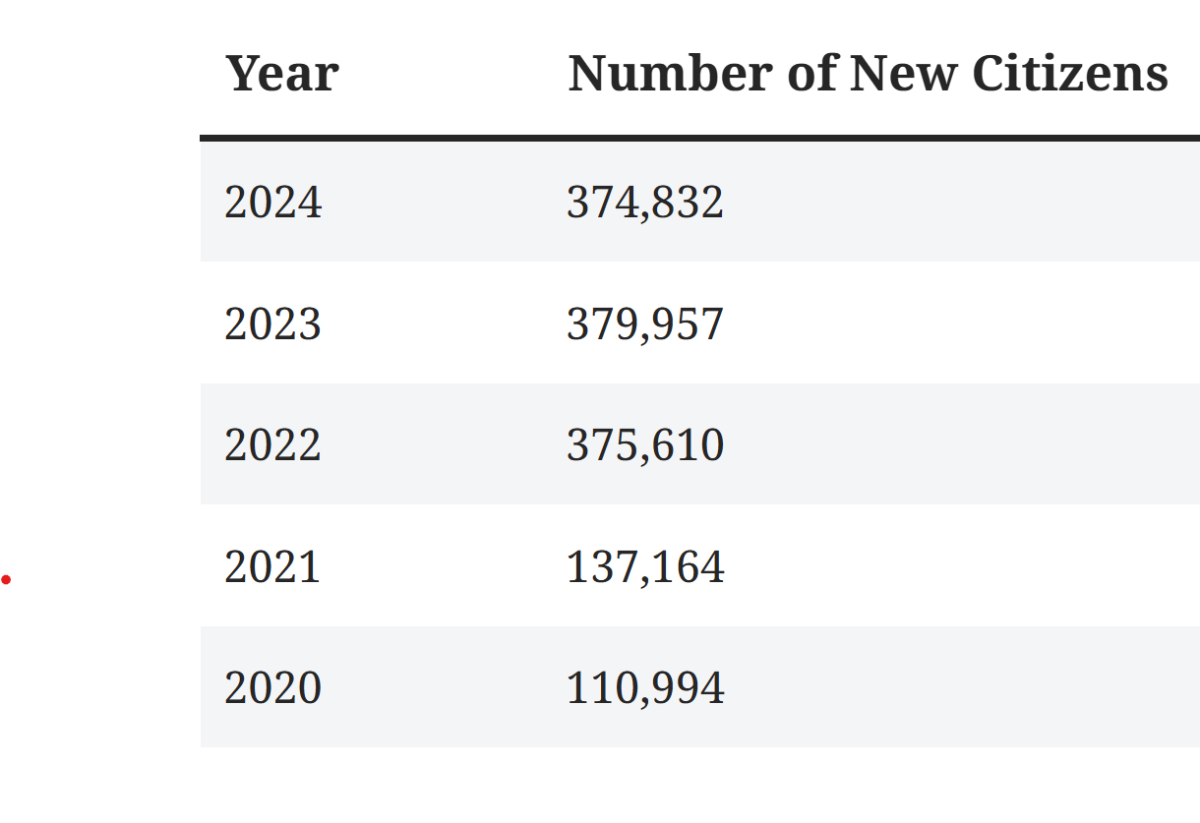Your relatives can live, study and work in Canada if they become permanent residents of Canada. You can sponsor certain relatives to come to Canada if you’re at least 18 years old and a:
Breaking Down Canadian Citizenship in 2024: Top Countries Fueling Canada’s Growing Population
Canada has long been celebrated as a mosaic of cultures, with immigration playing a pivotal role in shaping its economy, workforce, and multicultural identity. As of 2024, the country continues to welcome new citizens at a record pace, driven by targeted immigration policies and global instability. In this blog, we dissect the latest data on Canadian citizenship numbers and reveal the top countries of origin for new Canadians in 2024.
According to Immigration, Refugees and Citizenship Canada (IRCC), over 300,000 individuals are projected to become Canadian citizens in 2024, maintaining Canada’s position as one of the world’s most sought-after destinations for permanent residency and citizenship. This growth aligns with Canada’s ambitious plan to admit 500,000 permanent residents annually by 2025, with citizenship grants following closely.

Citizenship grants individuals the right to vote, run for office, and hold a Canadian passport. For many immigrants, it’s the culmination of years of integration efforts, including language proficiency, residency requirements, and civic knowledge.
Canada’s new citizens hail from every corner of the globe, reflecting its commitment to diversity. Based on IRCC’s preliminary 2024 data, here are the top 10 source countries:
India
Contribution: 23% of new citizens
Why: India remains Canada’s largest source of immigrants due to its tech talent pool, educational ties (via the Student Direct Stream), and family reunification programs. Cities like Brampton and Surrey have thriving Indian-Canadian communities.
Philippines
Contribution: 12%
Why: Filipinos dominate Canada’s healthcare and caregiving sectors, benefiting from pathways like the Caregiver Program and Provincial Nominee Programs (PNPs).
China
Contribution: 9%
Why: Chinese immigrants often arrive through family sponsorships, study permits, and investor programs. Vancouver and Richmond are key hubs.
Syria
Contribution: 7%
Why: Canada’s refugee resettlement efforts, particularly for those fleeing Syria’s civil war, have accelerated citizenship grants since 2016.
Nigeria
Contribution: 6%
Why: Nigeria’s young, English-speaking professionals are drawn to Canada’s Express Entry system, particularly the Federal Skilled Worker Program.
Pakistan
Iran
United States
France
United Kingdom
Ontario: 45% of new citizens (Toronto, Ottawa, Waterloo)
British Columbia: 20% (Vancouver, Surrey)
Alberta: 15% (Calgary, Edmonton)
Quebec: 12% (Montreal, Quebec City)
Provinces like Alberta and Saskatchewan are gaining traction due to affordable housing and targeted PNPs for skilled workers.
Express Entry Overhaul: Canada’s 2023 policy changes prioritize candidates with job offers in critical sectors (healthcare, tech, trades), fast-tracking their path to citizenship.
Global Crises: Wars in Ukraine and Sudan, economic instability in South Asia, and climate-related disasters have increased refugee intake.
Family Reunification: Backlog reductions in spousal and parent sponsorships are accelerating citizenship approvals.
Post-Graduation Pathways: International students who complete Canadian degrees often transition to permanent residency (PGWP) and eventual citizenship.
Despite Canada’s welcoming policies, newcomers face hurdles:
Housing affordability: Rising rents in major cities.
Credential recognition: Foreign-trained professionals often struggle to validate qualifications.
Language barriers: While English/French proficiency is required, integration remains challenging for older immigrants.
Canada’s citizenship trends highlight its role as a global leader in humanitarianism and economic immigration. As the country diversifies its population, policymakers are focusing on:
Expanding settlement services (language classes, job training).
Increasing quotas for rural and Francophone communities.
Streamlining application processes to reduce wait times.
Canada’s 2024 citizenship data underscores its reputation as a land of opportunity. Whether driven by safety, education, or economic prosperity, new Canadians are reshaping the nation’s future—one citizenship ceremony at a time.

Your relatives can live, study and work in Canada if they become permanent residents of Canada. You can sponsor certain relatives to come to Canada if you’re at least 18 years old and a:
If you and your same-sex common-law partner have lived together in a conjugal relationship for at least a year, you can sponsor them. Generally, you must provide proof of this union, such as joint financial records, property, mail, or purchases. You can sponsor your same-sex partner if you have been in a conjugal relationship for at least one year
Call Us 416-542-1000 We offer free consultations